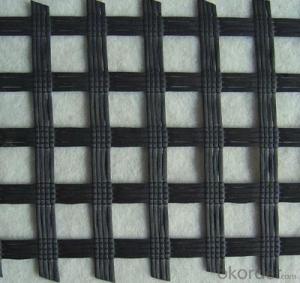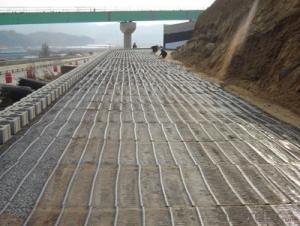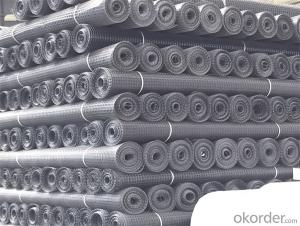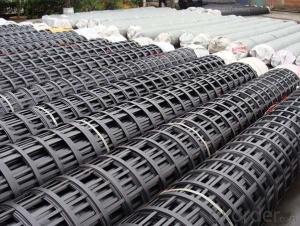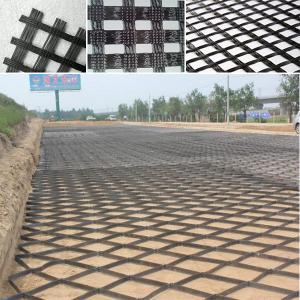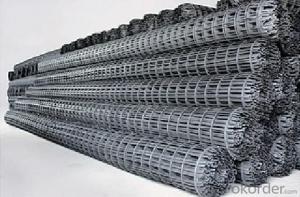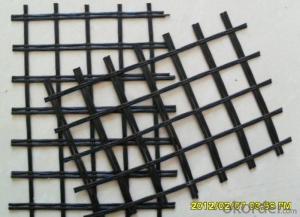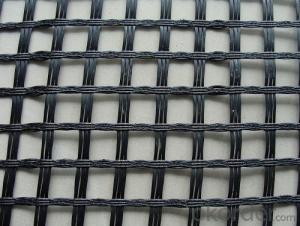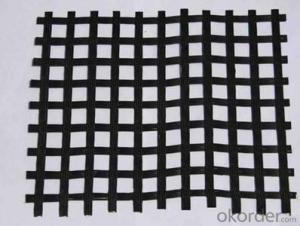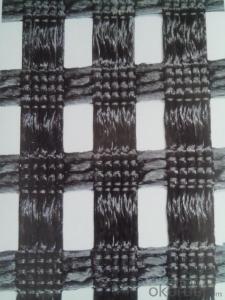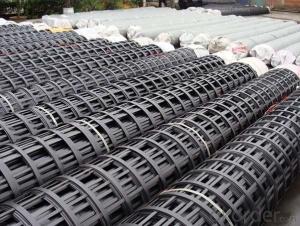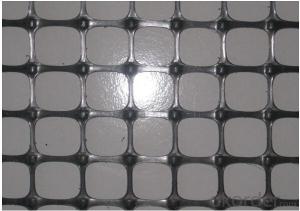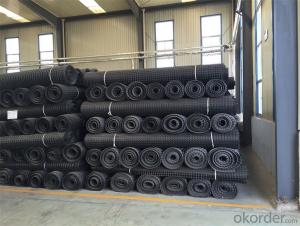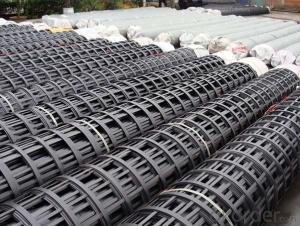Biaxial Geogrid Bx1200
Biaxial Geogrid Bx1200 Related Searches
Fridge With Freezer On Bottom Driveway Pillars With Lights Blu Ray Player With Recorder Blu Ray Player With Internet Geogrid In Retaining Walls 1708 Biaxial Fiberglass Tape Pullout Resistance Of Geogrid Geogrid Warp Knitting Machine Srw 3 Series Geogrid Biaxial Plastic GeogridHot Searches
Home Depot Geogrid Geogrid Home Depot Biaxial Geogrid Prices Biaxial Geogrid Suppliers Biaxial Geogrid Near Me Tensar Biaxial Geogrid Bx1200 Tensar Biaxial Geogrid Bx1500 Tensar Bx1100 Biaxial Geogrid Tensar Bx1200 Biaxial Geogrid Tensar Geogrid Distributors Tencate Geogrid Geogrid Near Me Geogrid Comparison Chart Geogrid Comparison Geogrid Lowe's Tenax Geogrid Tensar Bx1100 Geogrid Tensar Bx1200 Geogrid Tensar Geogrid Bx1100 Tensar Geogrid Tx140Biaxial Geogrid Bx1200 Supplier & Manufacturer from China
Okorder.com is a professional Biaxial Geogrid Bx1200 supplier & manufacturer, offers integrated one-stop services including real-time quoting and online cargo tracking. We are funded by CNBM Group, a Fortune 500 enterprise and the largest Biaxial Geogrid Bx1200 firm in China.Hot Products
FAQ
- Yes, geogrids can be used in ground stabilization for water treatment plants. Geogrids are commonly utilized in the construction of retaining walls, slopes, and embankments to enhance stability and prevent erosion. In the case of water treatment plants, geogrids can be employed to reinforce the ground and provide additional support, ensuring long-term stability and preventing soil movement or failure.
- Geogrids improve the performance of flexible bridge abutments by providing reinforcement and stabilization to the soil. These synthetic materials are placed within the backfill soil behind the abutment, increasing its strength and load-bearing capacity. Geogrids also help distribute the load more evenly, reducing stress and potential settlement. This reinforcement prevents excessive movement and settlement of the abutment, ensuring its stability and longevity.
- Yes, geogrids can be used in the reinforcement of rock slopes. Geogrids are commonly used in geotechnical engineering to enhance the stability and strength of slopes, including rock slopes. They provide additional tensile strength to resist potential movement and erosion, improving the overall stability of the slope.
- Geogrids offer several advantages in flexible pavements. Firstly, they enhance the stability and load-bearing capacity of the pavement by distributing the load more evenly and reducing the stress on the underlying layers. Additionally, geogrids improve the overall durability of the pavement by preventing rutting and cracking caused by traffic and environmental factors. They also help in reducing the thickness of the pavement layers, resulting in cost savings. Moreover, geogrids facilitate faster construction, as they can be easily installed and provide immediate reinforcement. Overall, geogrids enhance the performance and longevity of flexible pavements, making them a preferred choice in road infrastructure projects.
- Geogrids enhance the stability of steep railway cuttings by providing reinforcement and increasing the tensile strength of the soil. They are placed within the soil to distribute the stress and prevent sliding or collapse, effectively stabilizing the slope and minimizing erosion.
- Yes, geogrids can be used in foundation stabilization. Geogrids are commonly used in civil engineering and construction projects to reinforce soils and provide stability to foundations. They are effective in distributing loads and reducing soil movements, which helps to prevent foundation settlement and improve overall structural integrity.
- Creep can have a significant impact on the performance of geogrids. Over time, the constant stress and strain on the geogrid can cause it to slowly deform and lose its original shape and strength. This can result in reduced load-bearing capacity and overall effectiveness of the geogrid in reinforcing and stabilizing the soil. It is important to consider creep behavior when designing and selecting geogrids for long-term applications to ensure their durability and performance.
- Why steel plastic geogrid in the test, will choose to peel out a single wire test? What are the causes and sources of this method?
- Have you ever studied probability statistics?
